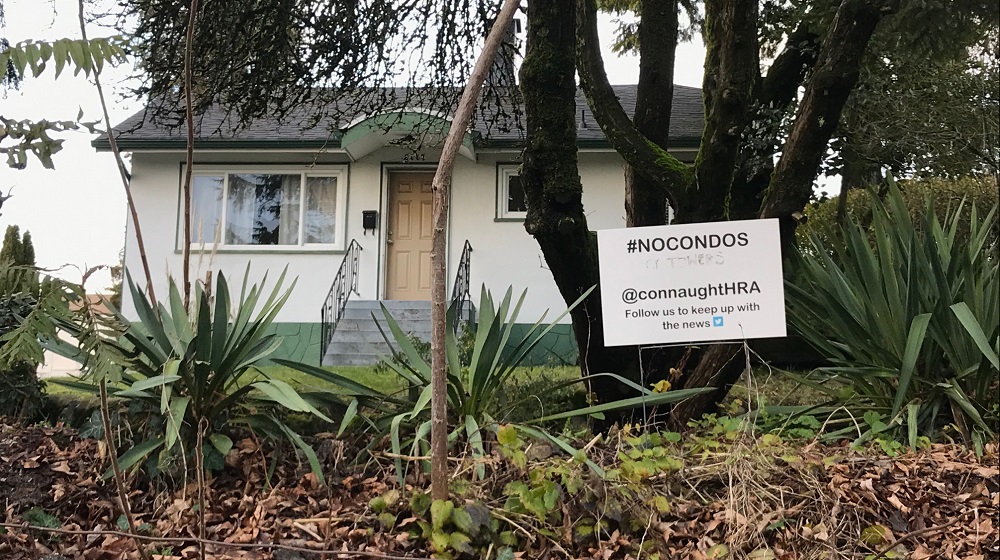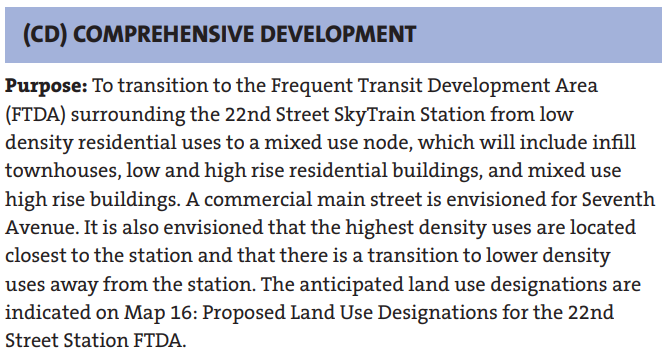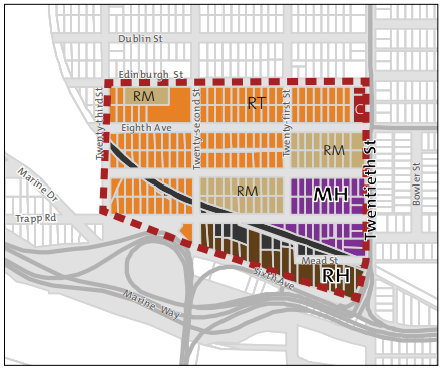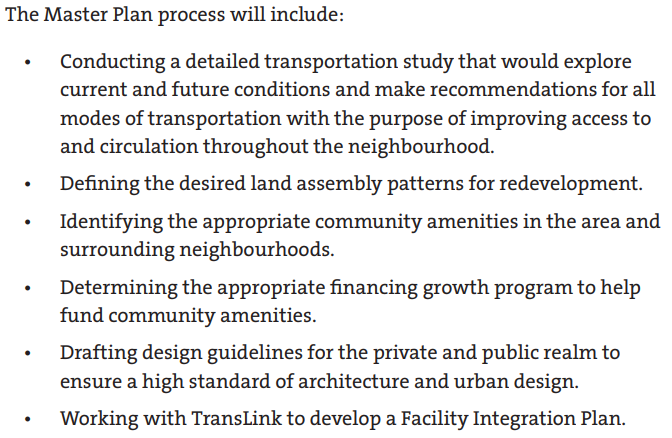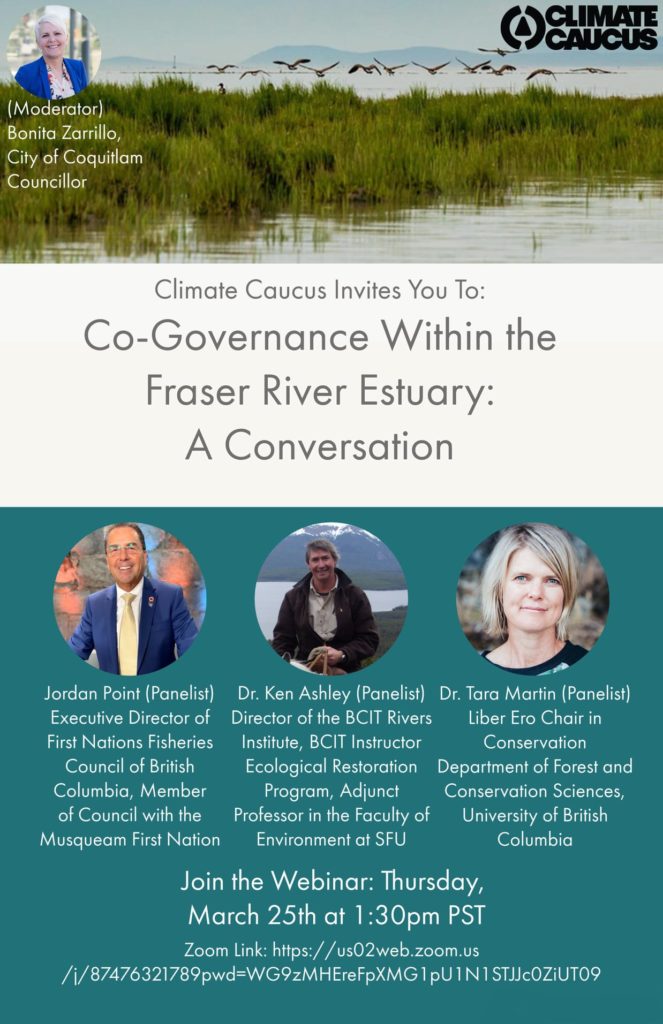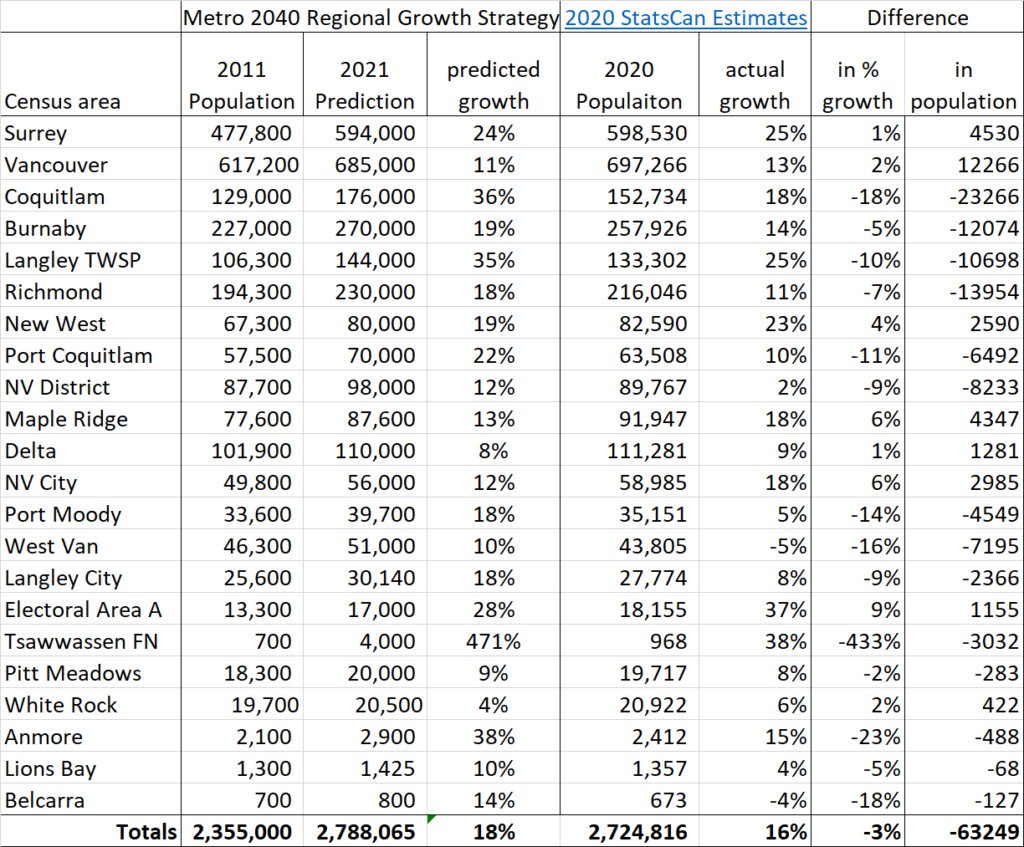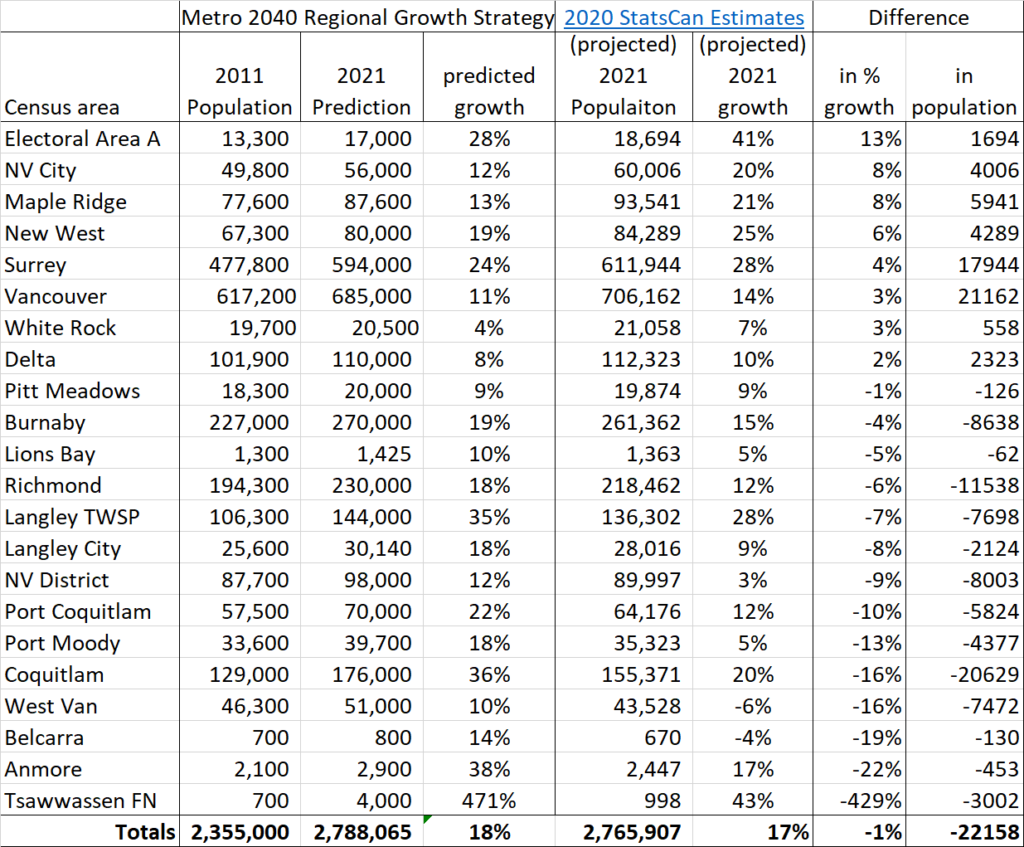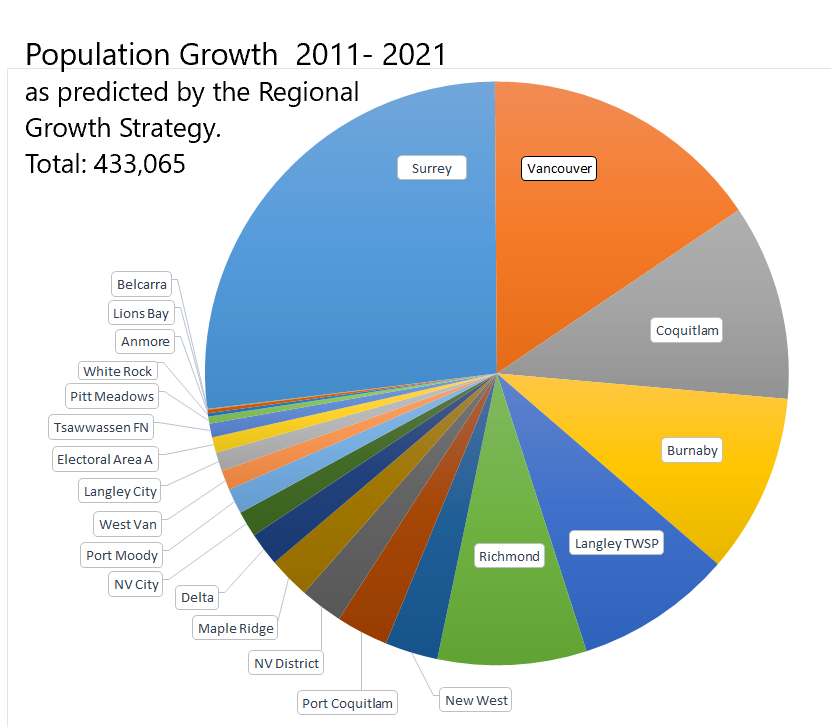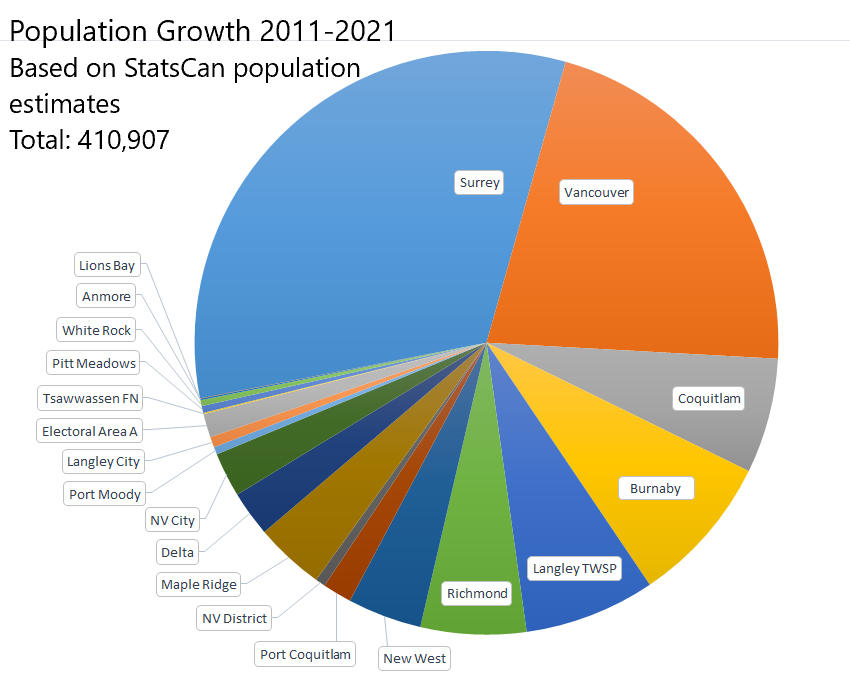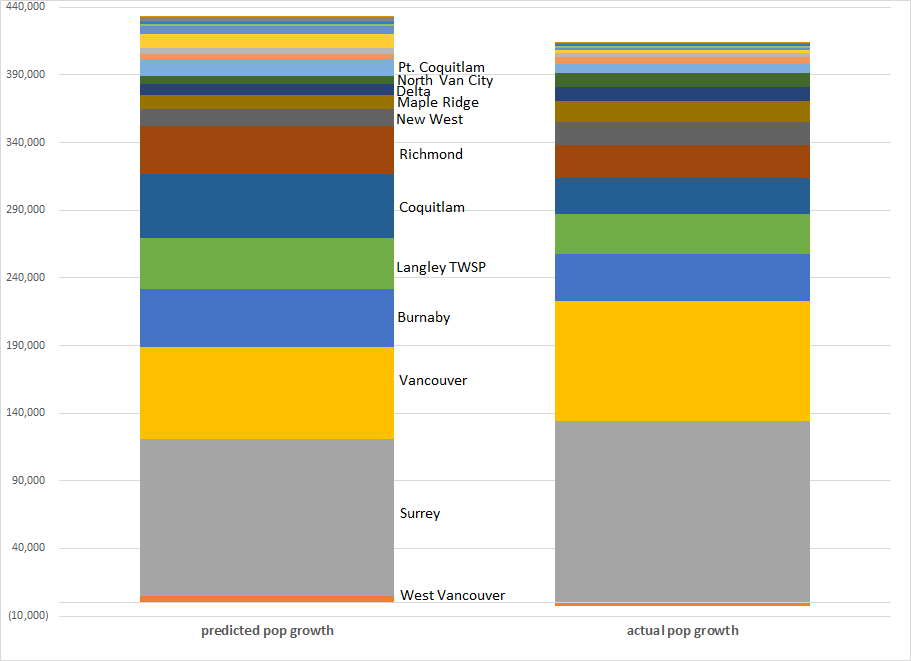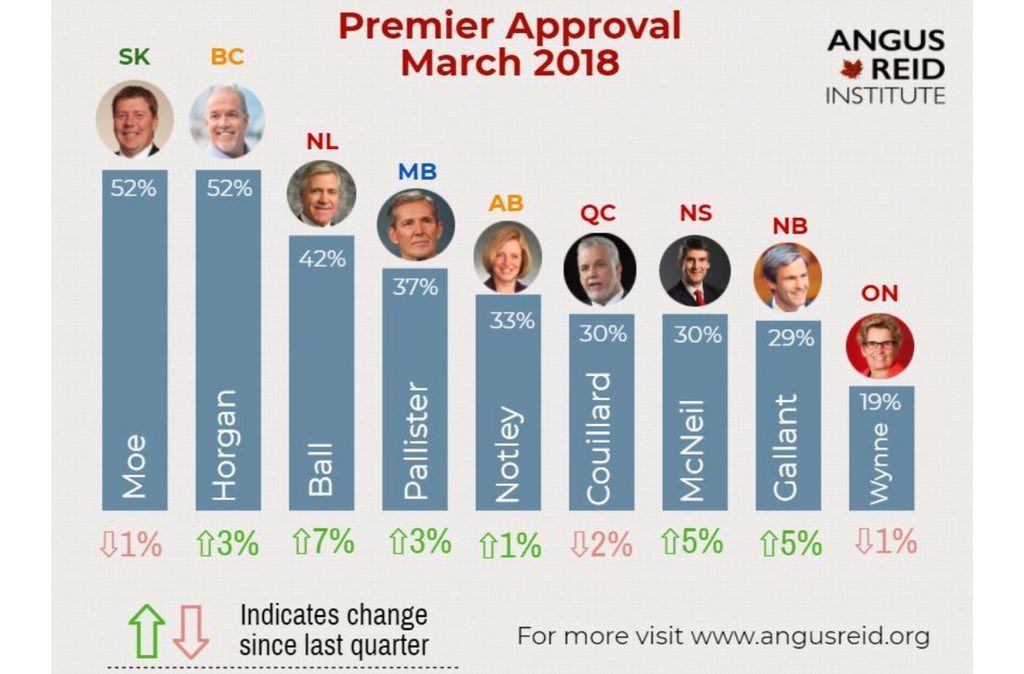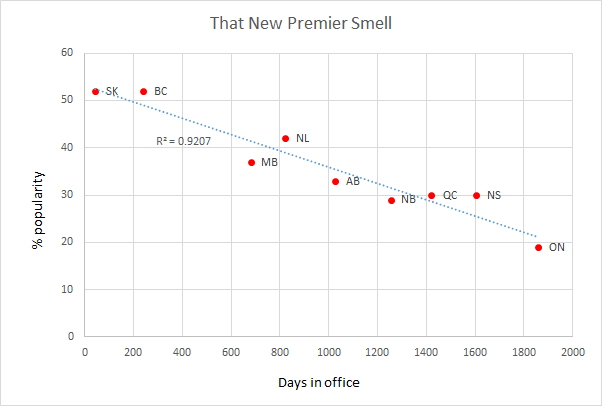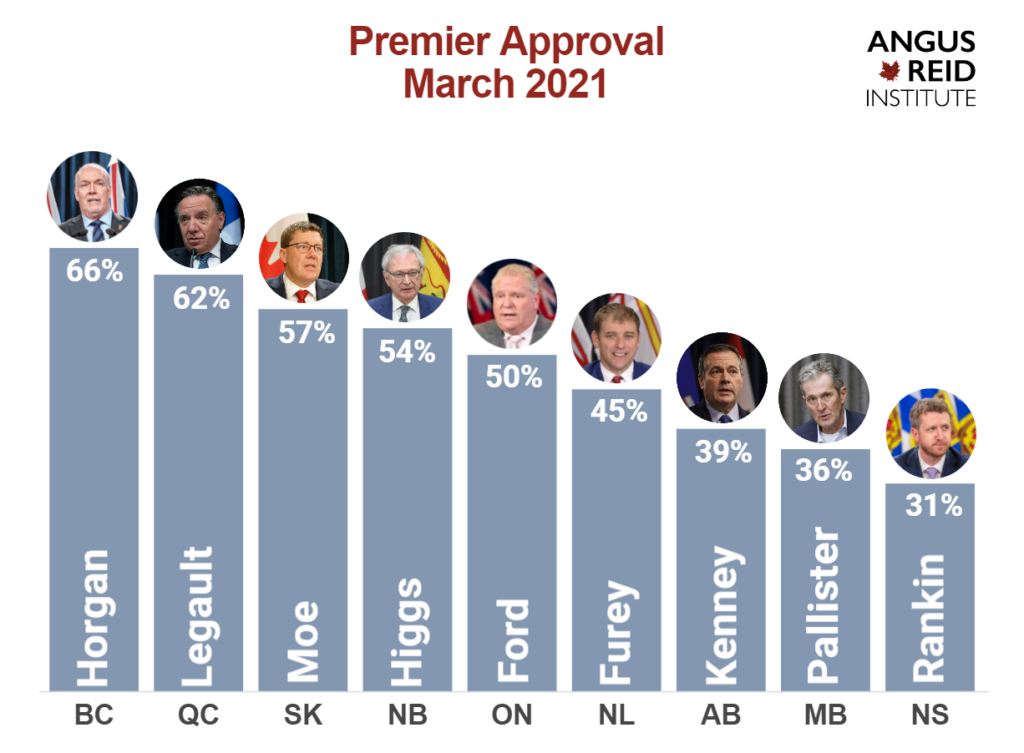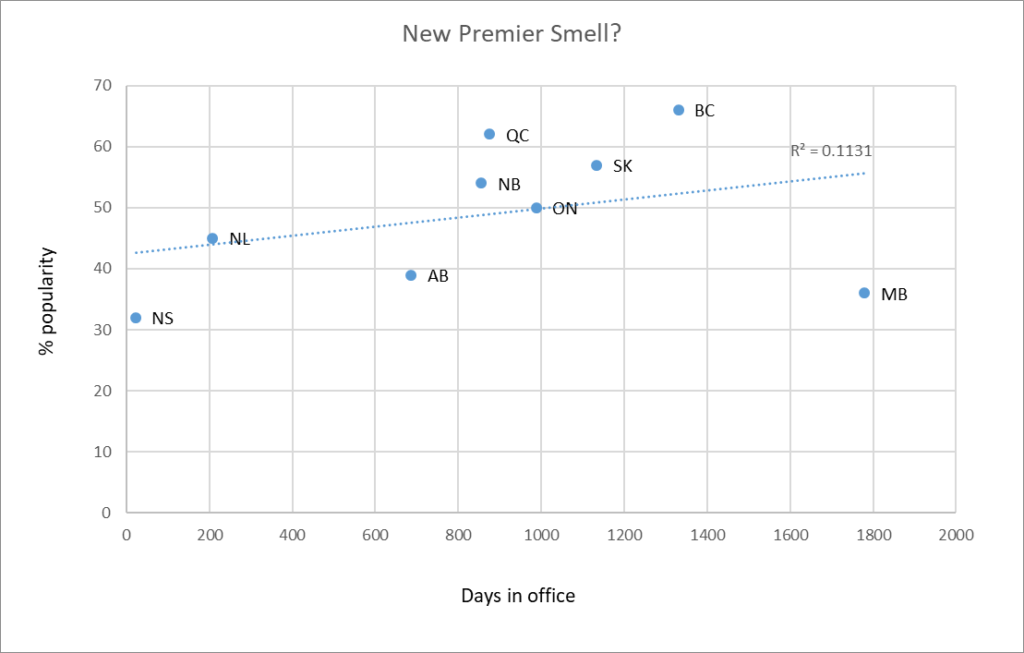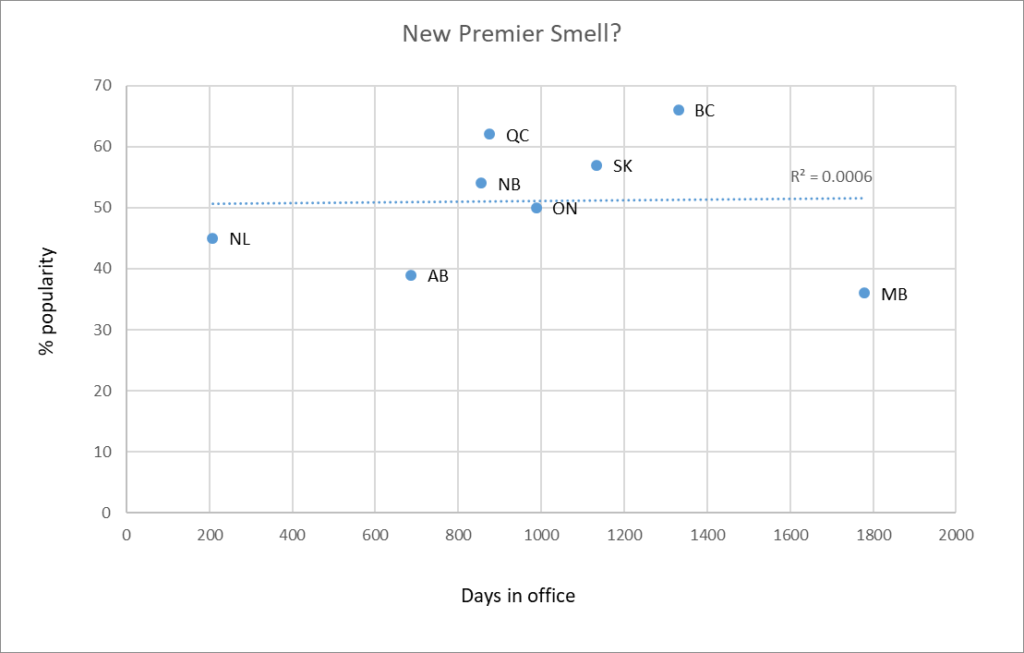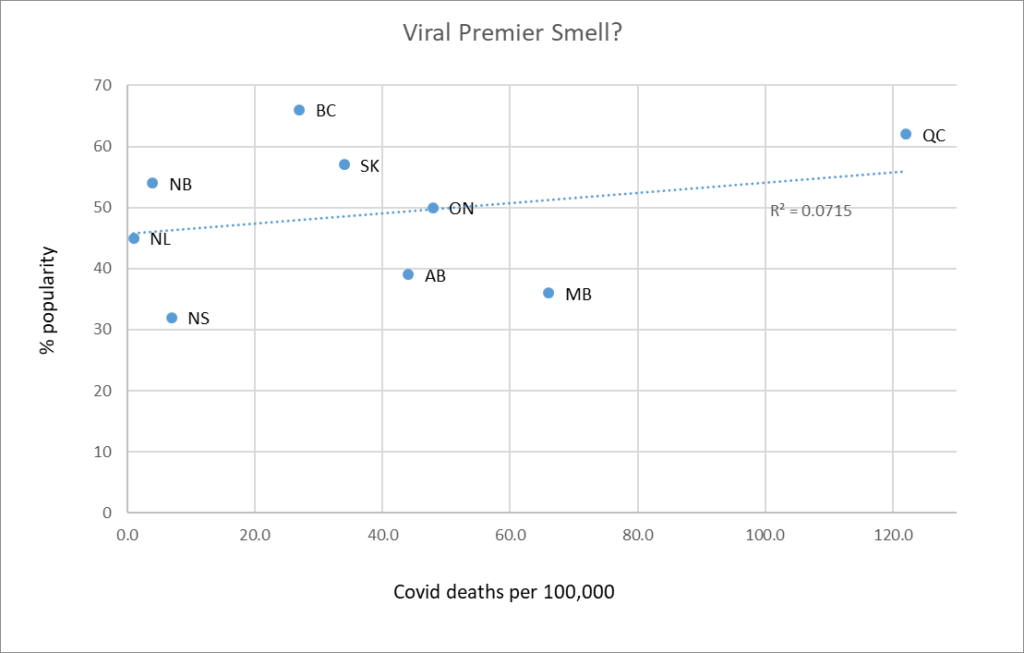Back to long agendas full of important stuff. Put on the kettle, this will be a long one. Sorry, but there is a lot going on right now in the City. We started the Agenda with two big presentations that maybe I’ll push off longer discussions around to follow-up blogs, aside from mentioning them here:
New Westminster Aquatic & Community Centre: Project Update & Next Steps
This report outlines the result of the major construction procurement for the NWACC and steps forward for the biggest infrastructure project he City has ever done. The good news is we are basically within budget, and will be breaking ground next week and hoping for completion by the end of 2023.
City-Wide Bold Steps Work Plan 2021
Yep, we declared a Climate Emergency, and it was not an empty declaration. It was immediately followed by Council asking staff to come up with an actionable plan and viable targets – 2050 targets to meet the IPCC goal and our country’s commitments, and 2030 targets that require immediate action to achieve and will get us on the path to 2050. This report lists the many project areas under each of the 7 Bold Steps that the City is working on, by way of an update, and a 2021 work plan for the Climate Action staff at City Hall.
We then had a Temporary Use Permit approval:
Temporary Use Permit for 40 Begbie Street
Purpose Society and Fraser Health want to operate a Health contact centre to reduce risk for people who use drugs in New Westminster. This will include witnessed consumption, drug checking, harm reduction supplies, peer employment opportunities, education on safer drug use, and referral to treatment and health services, combined with the supports that Purpose already provides at the site. This requires a Temporary Use Permit to align with zoning.
The public consultation on this was (as expected with the Pandemic), mostly on-line, and we had a lot of response, including about two dozen pieces of written correspondence. Overall, the vast majority of feedback we received from residents and downtown businesses alike is support for this type of approach, and a recognition that we need to take action on the poisoned drug supply crisis, though some are concerned about neighbourhood impacts, with some adjacent businesses going so far as to suggest they will close or move.
I hope people will recognize this type of intervention will save lives (which should be everyone’s priority in a civil society) and by reducing the suffering and desperation of some drug users, a secondary benefit will be a reduction of the behaviours that make comfortably housed people less comfortable in their community. This program will also provide Purpose some resources to mitigate some of those community impacts around Begbie Street and Lorne Mews. Council voted unanimously to support the TUP.
The following items were Moved on Consent:
Update on Non-Profit COVID Recovery Support Program for 2021
The not-for-profit sector has been hurt by COVID like most organizations, but are generally less able to receive senior government support or operate with cut-back resources, especially as volunteer availability has dropped markedly with Pandemic restrictions. The City’s Economic Development Team has taken a directed approach to identify specific needs of the NFP sector in New West through hosting “Virtual Education and Networking Night” VENN Events, and have identified an opportunity to support an educational program with bursaries (to be funded through our existing Economic Development budget) for people who work and volunteer in the NFP area.
The goal here is to build their capacity and strength so they are still here to help us with the recovery.
COVID-19 Pandemic Response – Update and Progress from the Five Task Forces
This is our regular update form the 5 task forces, read if you want to know ow the City is supporting residents, businesses and those in need through the Pandemic.
Updates to the Restorative Justice Committee
This Council term, we have shifted somewhat how our Council Advisory Committees work, as I’ve talked about a few times and don’t want to rehash here. The Restorative Justice Committee is one we have not been able to find a consensus on how to manage, as Council is generally in support of restorative justice, and recognize its valuable role in rectifying some of the harms our justice system inflicts on Indigenous people, the courts are very strictly not within our jurisdiction. That said, we are in the middle of a wider City-ride reconciliation process, and are undergoing comprehensive reviews of policing in the City, and it was thought this committee may provide valuable input to those two processes, so we will continue to support the committee for the time being.
Cancellation of the Section 57 Notices on 711 Walmsley Street and 1402 Seventh Avenue
Every once in a while, a property is found non-compliant with a building code or zoning bylaw and the owners are resistant to bringing their property into compliance, so Council puts a notice on the title of the property under Section 57 of the Community Charter. This mostly warns any future owners or mortgage holders that the property is non-compliant and serves to protect them from inheriting a non-compliant property. If the property is brought into compliance, Council can remove the notice on title. These two properties are now compliant.
Withdrawal of Lower Mainland Local Government Association (LMLGA) Motion Concerning Local Government Candidates Access to Multifamily Dwellings During the Campaign Period
It doesn’t usually happen like this. We were going to advocate to the Provincial Government for changes to the Elections Act, but a few days after we drafted our resolution, the province went ahead and did it without us even asking. I wish it was always that easy!
Support for the Help Cities Lead Campaign
This is a campaign that many BC Municipalities are getting behind, asking for support from the Provincial Government in setting up local governments to help with our 2050 community climate goals by making changes in the building sector. The specific asks are: allowing local governments to regulate GHG emissions in new buildings (like we already can for energy efficiency under the Step Code); creating a home energy labelling requirement; introducing a PACE financing program; regulating GHG emissions from the existing building stock; and mandatory building benchmarking and reporting. These are all important steps towards addressing the ~17% of current GHG emissions that are from the housing sector in New Westminster.
This report is asking that Council endorse these ideas, and let senior government know. I will also be bringing a resolution to this effect to the Lower Mainland LGA as an Executive resolution.
Update and Next Steps Related to the Community Action Network Leadership Training Program
The City has worked with the BC Poverty Reduction Coalition to involve people with lived experience in poverty and homelessness in the Community Action Network Leadership Training Program, and the first cohort of leaders has completed the program successfully. There are some recommendations going forward to continue to support this cohort with their community leadership activities, and to continue to the program for new applicants.
1319 Third Avenue (Steel & Oak): Zoning Bylaw Text Amendment and Manufacturing Facility Structural Change Applications – Preliminary Report
Steel & Oak Brewery want to expand the seating in their lounge, which will take a zoning text amendment. This is a preliminary report, and would go to Public Hearing, so I’ll hold my comments until then.
1324 Nanaimo Street: Heritage Revitalization Agreement – Preliminary Report
The owner of this house in the West end wants to subdivide and use an HRA and designation of the existing house, while building a second house of similar size on the lot. This is a preliminary report, and would go to Public Hearing, so I’ll hold my comments until then.
MOTION regarding Liquor Primary Licence for 759 Carnarvon Street
We gave a Public Hearing to the zoning bylaw here last meeting, but when dealing with a Liquor Primary license the province requires a solemn declaration by Council that we really, really think it OK. Laws are funny.
Energy Save New West 2020 Impact Report and 2021 Initiatives
Did you know Energy Save New West is one of the longest running and most comprehensive community energy efficiency and greenhouse gas emission (GHG) reduction programs in Canada? New Westminster punching above its weight again. This is a for-information report about the impact of the work that has been done, ongoing program offerings, and new initiatives for 2021 – including ways you can save money heating your home and water with help from the City.
2021 Spring Freshet and Snow Pack Level
It is the time of year where we start getting these snowpack reports and freshet forecast to let us know how ready we need to be for flooding come late spring. This is probably the least favorable forecast I have seen in a few years – the entire Fraser Basin is above average snowpack and the spring forecast is for melt to start late, so that means our flood risk is probably higher than on the average year. That said, freshet levels are impacted by lots of factors. We are not worrying yet, but are maintaining a cat-like state of readiness.
Mass COVID-19 Vaccination Implementation in New Westminster 2021
On the good news side, vaccinations are coming. They are already going on at Century House, but in early April they are going to shift to a larger facility at Anvil Centre, staffed 7 days a week from 7:30 am to 9:30 pm. The City is working with Fraser Health to make sure they have the venue they need, and we will be hosting an on-line Q&A session on April 8th to answer people’s questions and share information about the first mass vaccination in recent memory. I am so ready for this.
The following items were Removed from Consent for discussion:
Queen’s Park Heritage Conservation Area: Application of Regulations and Status of the Implementation Program
This report is a for-information report to clarify some details of the Heritage Conservation Area in Queens Park in light of recent comments at more than one public delegation. This paragraph is most apropos:
“A Heritage Conservation Area is a policy in a municipality’s Official Community Plan (OCP), which is a high level visioning and policy tool. A Heritage Revitalization Agreement (HRA) is a type of zoning that includes specialized regulations for heritage revitalization and protection. A Conservation Area policy promotes the protection of a distinctive heritage area, and defines the types of protection applied to that area. Regulatory tools, such as HRAs and Heritage Alteration Permits (HAPs) are needed to implement that protection. The use of one does not take precedence over, or impede, the use of the other.”
Though there is more detail in here worth reading if you care the least about Heritage houses in the City.
Cannabis Retail Locations: Sapperton Area Application Update – Bylaw for First and Second Readings
The City approved several locations for cannabis retail back in 2019, and a few of them have not yet opened. Turns out the provincial license for the proposed Sapperton site was terminated by the Province after we provided First and Second reading of the zoning Bylaw, but before it came back to us for Third Reading. So staff are recommending we rescind the First and Second readings (though the application remain suspected instead of closed, which I don’t understand)
The “second place” applicant for Sapperton is apparently still interested, and already have passed their Provincial hurdles, so Staff is suggesting we start the process with them, which seems fair to me. There is a bit of community concern about the location, but as those can be tested at the Public Hearing, I will hold my comments until then.
Hume Park Outdoor Pool – Summer 2021 Status
Hume Pool is not planned to be open in 2021. This is disappointing to many people who live on the east side of the City, but there are practical reasons that staff recommended this to Council back in November during our open budget deliberations. These reasons are related to both limitations on the operation related to the Public Health Orders and how those made the math of operating the pool not great in a cost-benefit sense for 2021. Part of this is the age and layout of Hume would limit occupation to 15 people (pool and deck area) and only two people per change room at any given time, making it a marginal operation. Add to this the difficulty of staffing in 2020 (it to with how Lifeguards are trained up) and the need for some long-awaited maintenance work that is better to be done during the summer, and the decision to not open in 2021 made sense from the Parks and Recreation operations standpoint.
That said, Council has heard the community on this, and have asked staff to provide us some options and outline a pathway to opening. This doesn’t mean it will open, but just that we want to assure we are making an informed decision either way that we can defend to the community. We’ll be back at this next meeting.
E-Comm Correspondence
The regional E-Comm service is run by a Board, and New West has intermittent representation on this Board, along with our regional partners. There is a whole bunch of backstory here, but we have been trying for something like two years now by various approaches to get Board representation that is better reflective of our region. Even getting diversity by gender is turning out to be challenging. We push, our cohorts in adjacent Municipalities have pushed back. But we will continue to push.
We then adopted the following Bylaws:
Heritage Revitalization Agreement (221 Townsend Place) Bylaw No. 8253, 2021 and
Heritage Designation Bylaw (221 Townsend Place) Bylaw No. 8254, 2021
The Bylaws that support the permanent protection of a Heritage house in Queens Park and subdivision of the lot to permit the building of a second house as was discussed at Public Hearing last week were Adopted.
Zoning Amendment Bylaw (466 Rousseau Street – Urban Academy Text Amendment) No. 8211, 2020
The Bylaw to permit and expansion of the Urban Academy school in Sapperton that was given a Public Hearing back in October of last year was Adopted.
Zoning Amendment Bylaw (1135 Tanaka Court) No. 8250, 2021
The Bylaw to support the use of an industrial building in Queensborough for making cannabis-infused food products was adopted by Council.
Then we had three pieces of New Business
MOTION: Advocacy and Support for the Arts Sector
THEREFORE BE IT RESOLVED THAT the Mayor writes to the Premier and Provincial Health Officer on behalf of Council, advocating for a clear plan and schedule that outlines a 2021 opening for the Arts and Culture sector and an anticipated schedule for communicating this plan to the Arts and Culture Organizations across the region such that they can begin the preparation for re-opening with sufficient lead time to be successful.
The Local Arts community has reached out to us expressing concern about the re-opening plan, and their inability to plan for re-opening with sufficient lead tim to get their artists, performers, producers, support and technical staff, together and start programming. Putting on a performance isn’t like re-opening a restaurant or hockey arena, and clear guidance from the government is seemingly lacking.
Update on Pier Park Opening
After some slightly heroic work in making arrangements with the railways and emergency services, staff are able to get the Pier Park opened in time for the upcoming long weekend. We recognize it has been really hard for residents, especially those who live downtown, to be without this important public space for the last few months, and yes it is a somewhat reduced public space from what it was before the fire, but ire ally is the City’s outdoor living room, and we missed it. The good news is that the playground replacement within the new ramp entrance is also nearing completion, and it is going to be epic. Have fun!
Appointment to Electrical Commission
Finally, we had an opening on the Electrical Commission, and we found a great Commissioner who will bring a wealth of knowledge in community energy planning to help lead New Westminster Electrical through the next couple of years when they will (hopefully) play a pivotal role in us meeting the goals of our Seven Bold Steps.
And that was it for the evening. Mostly good stuff, a few things to be excited about, and a lot of work yet to do. Same as it ever was.
